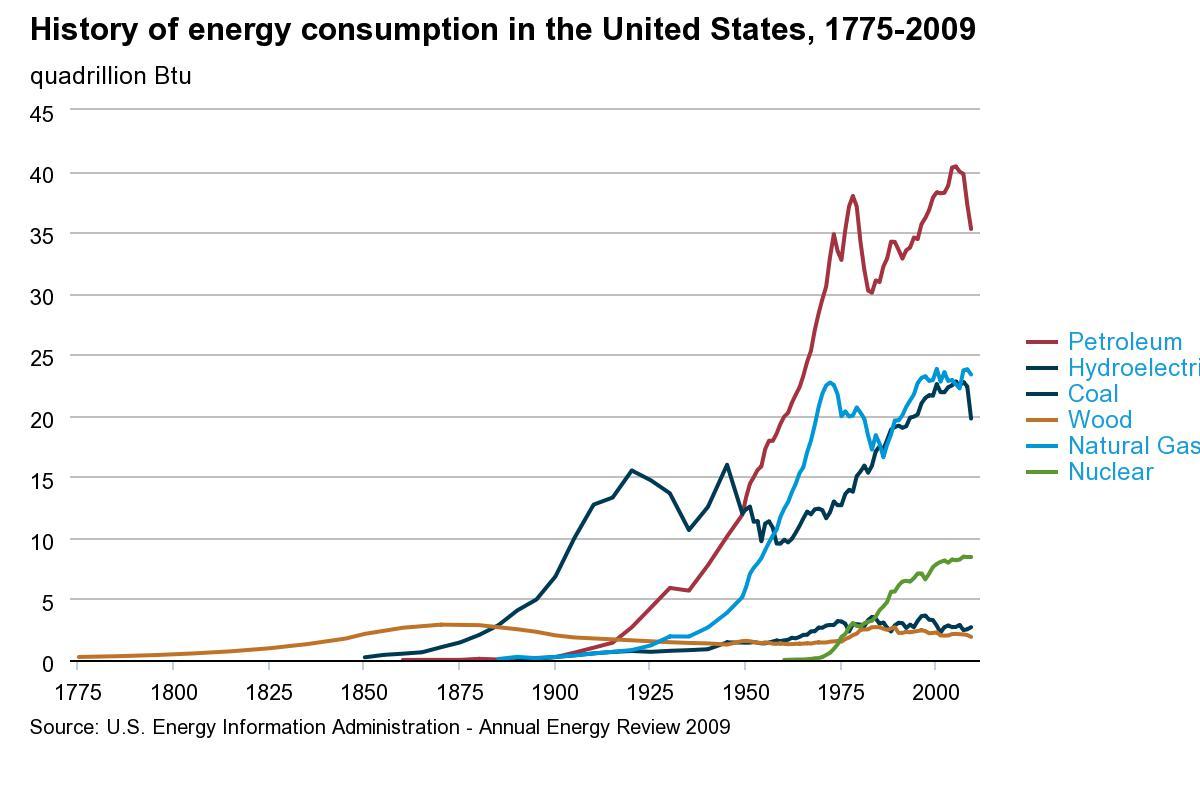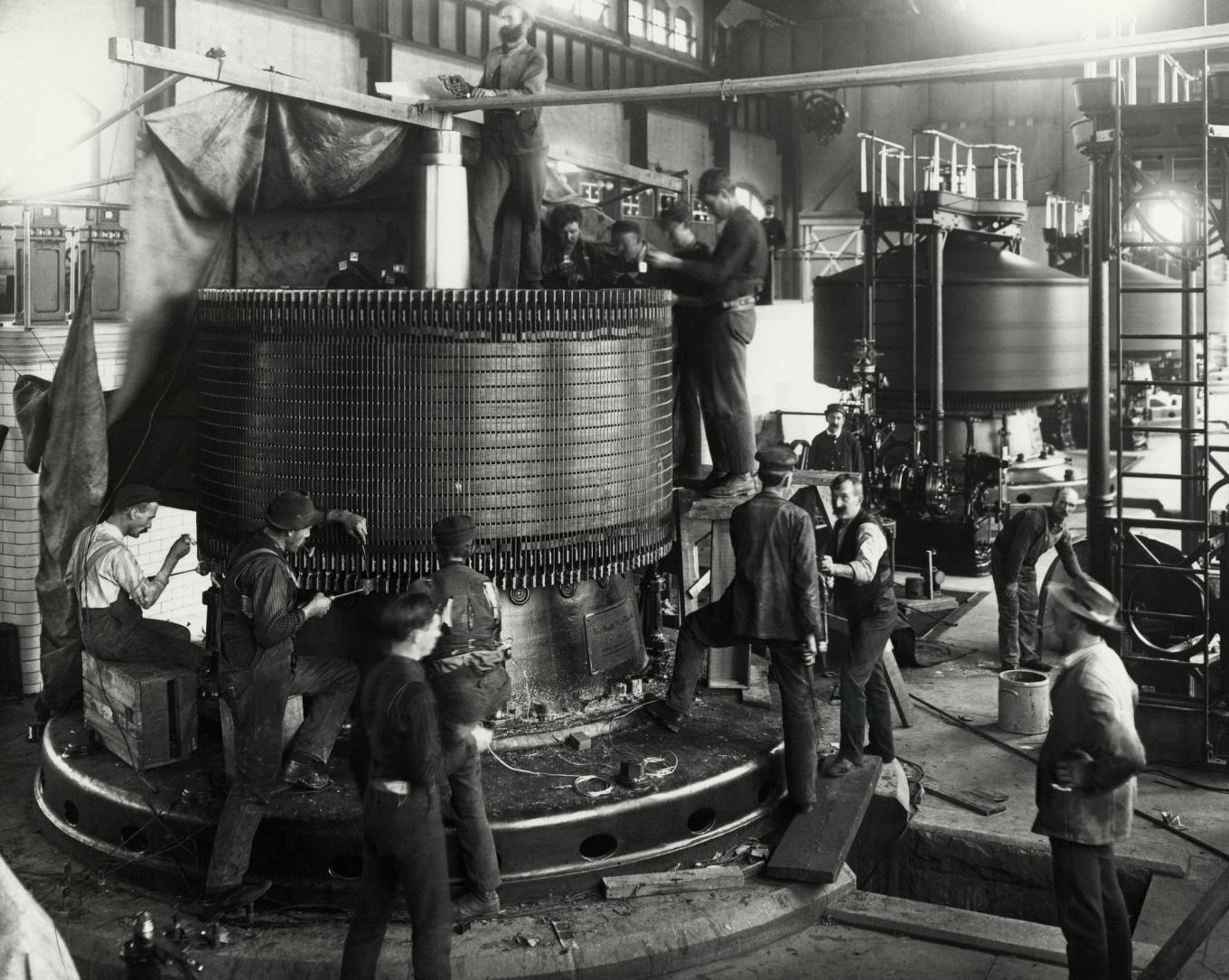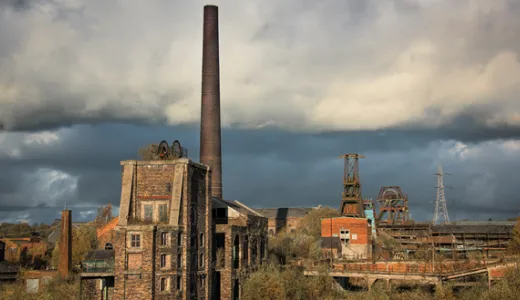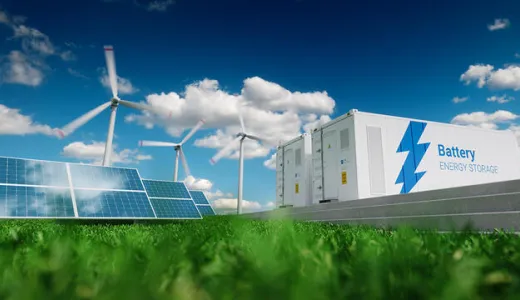The history of energy in the United States
These days, our energy can come from so many different sources; from the fossil fuels we’re looking to reduce our use of in order to achieve net zero emissions, to the greener, cleaner, renewable energy sources like solar and wind.
But where did the history of energy first begin? In some ways, we’ve come full circle as some of the first energy sources were the sun and the wind, and here we are again looking to those; albeit in more technologically advanced ways.
Here we look at the key discoveries and inventions throughout history that have paved the path to our energy present and future.
The first source of energy in the U.S.
Technically, the first source of energy was the sun, as it provided heat and light during the day. However, in the U.S. wood was the first real source of energy consumption in 1775, until the use of coal came about in the 1850s.

The discovery of electricity
The Industrial Revolution kick-started our use of human-generated electricity. Most people credit Benjamin Franklin with 'discovering' electricity in 1752, which he did by realizing that the sparks emitted from lightning strikes could generate power.
Electricity in the Big Apple
In 1882 Thomas Edison constructed Pearl Street Station, the first purpose-built power station. Built in New York City, this station provided the first electric light to Wall Street financiers and the New York Times. The station burnt down in 1890 but was the model for stations that began popping up around the city.
Today, the Edison Electric Illuminating Company survives in the form of Con Edison.1
Powering another apple
In the late 19th century, hydropower was used as an electricity source. And, in 1882, the same year Edison’s power station, the world’s first hydroelectric plant went on-line in Appleton, Wisconsin.2
The U.S.’ first electric transmission line
The first electric transmission line in the U.S. was constructed in 1889, between the generating station at Willamette Falls in Oregon City, Oregon, and downtown Portland, Oregon. The line transmitted electricity over a 13 mile span, which is very small in comparison to today’s standards, but was considered a major technological breakthrough at the time.3

Adams Station Power Plant in Buffalo, NY (c. 1890s) – the second enterprise to provide electricity to Niagara Falls, NY.
Transportation in the U.S.
Horse-drawn carriages were used for transportation until the ‘horseless carriage’ was created in the early 1800s – which only those wealthy enough could afford. That is until the early 1900s when Henry Ford began mass-production of the gas powered model T, which allowed the everyday person to purchase a vehicle. As time went on cars in the U.S. grew larger and heavier and, by 1970, the average car was getting 13.5 miles per gallon (mpg) – back then, which really isn’t that long ago, gas cost less than 25 cents!2
Today, people are not only driving gas-fueled vehicles but electric ones as well. And, if that wasn’t enough, the U.S. has a new federal requirement that by 2026 all light-duty vehicles sold in the U.S. will need to average 49 mpg – that’s 35.5 mpg more than vehicles just 50 years ago.4
Development of the U.S. gas industry
The U.S., along with Russia, led the way in the oil industry throughout the 19th and 20th centuries.
In 1855, George Henry Bissell and a group of investors formed the Pennsylvania Rock Oil Company (later renamed Seneca Oil Company), as they looked for a more efficient replacement for asphalt-based kerosene. They then hired Edwin Drake and, on August 27, 1859, he completed the first drilled oil well (which is seen as the beginning of the modern oil era) at Oil Creek near Titusville, Pennsylvania. A little over a decade later, the Seneca Oil Company was overshadowed by John D. Rockefeller’s Standard Oil Company, which controlled almost 80% of the oil products market.
As electricity was introduced in 1882, natural gas was no longer needed to light homes, causing the industry to shift to heating and cooking.5
Renewable energy and the future
2019 heralded a milestone when, after years of relying on coal for energy more energy was generated from zero carbon sources than fossil fuels for the first time, in both the UK and U.S. By using renewables to power our energy, we’re well on our way to meeting our 2050 US target for net zero total emissions.
Last updated: 28 Sep 2022
The information in this article is intended as a factual explainer and does not necessarily reflect National Grid's strategic direction or current business activities.
See all energy explained articles
Sources
1 MoneyWeek: 4 September 1882 - Edison lights up Wall Street
2 Union of Concerned Scientists: A short history of energy and National Geographic: Hydropower, explained
3 IEEE Xplore: The first electric power transmission line in North America...
4 Car and Driver: U.S. now requiring new-vehicle fleet to average 49 mpg by 2026
5 Library of Congress: History of the Industry



